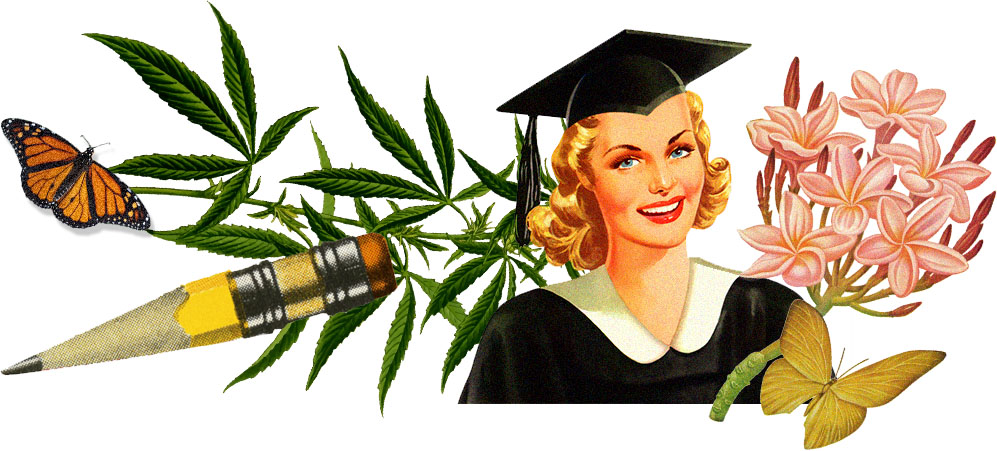THC: A psychoactive cannabinoid associated with the “high” of consuming cannabis. Evidence suggests THC is anti-bacterial, antiemetic (effective against vomiting and nausea), anti-inflammatory, neuroprotective (protecting nerve cells against damage or degeneration), and an appetite stimulant.
CBD: A non-psychoactive cannabinoid, evidence suggests CBD reduces anxiety and depression, has pain relieving properties, reduces compulsive behavior, is anti-inflammatory, helps with bone tissue health, and is neuroprotective (protecting nerve cells against damage or degeneration).
CBN: Unlike CBD, which is non-psychoactive, CBN in large doses can produce mild psychoactive reactions. CBN has been shown to act as a pain reducer and sleep aid, as well as having anti-arthritic, antioxidant, and anti-anxiety properties.
THCV: A close cousin to THC, THCV has a significantly less potent psychoactive effect. THCV has shown to have appetite suppressant, anti-convulsant, and antiepileptic properties.
CBC: A non-psychoactive cannabinoid, CBC has been shown to have pain relieving, anti-fungal, anti-inflammatory, and anti-insomnia properties.
CBG: Another non-psychoactive, CBG has shown to assist with reducing intraocular pressure, aids with sleep, and has anti-anxiety, bone stimulating, and anti-inflammatory properties.
CBGV: Non-psychoactive, CBGV is shown to inhibit cancer cell growth, boost CBD metabolism, allowing CBD to have a more potent effect, and act as an anti-inflammatory.
THCA: Unlike its relative THC, THCA is considered to be non-psychoactive. THCA has shown to be antiemetic (effective against vomiting and nausea), assist with sleep, and have anti-inflammatory and neuroprotective (protecting nerve cells against damage or degeneration) properties.
Although there are more than 100 different phytocannabinoids (cannabinoids found in plants) isolated in the cannabis plant, two of the most prevalent and well studied are THC and CBD. While CBD alone has many therapeutic benefits, these are enhanced when paired with THC. The Entourage Effect theorizes that a larger or more impactful effect is received when multiple cannabinoids (i.e. CBD & THC) are delivered simultaneously rather than in isolation.




